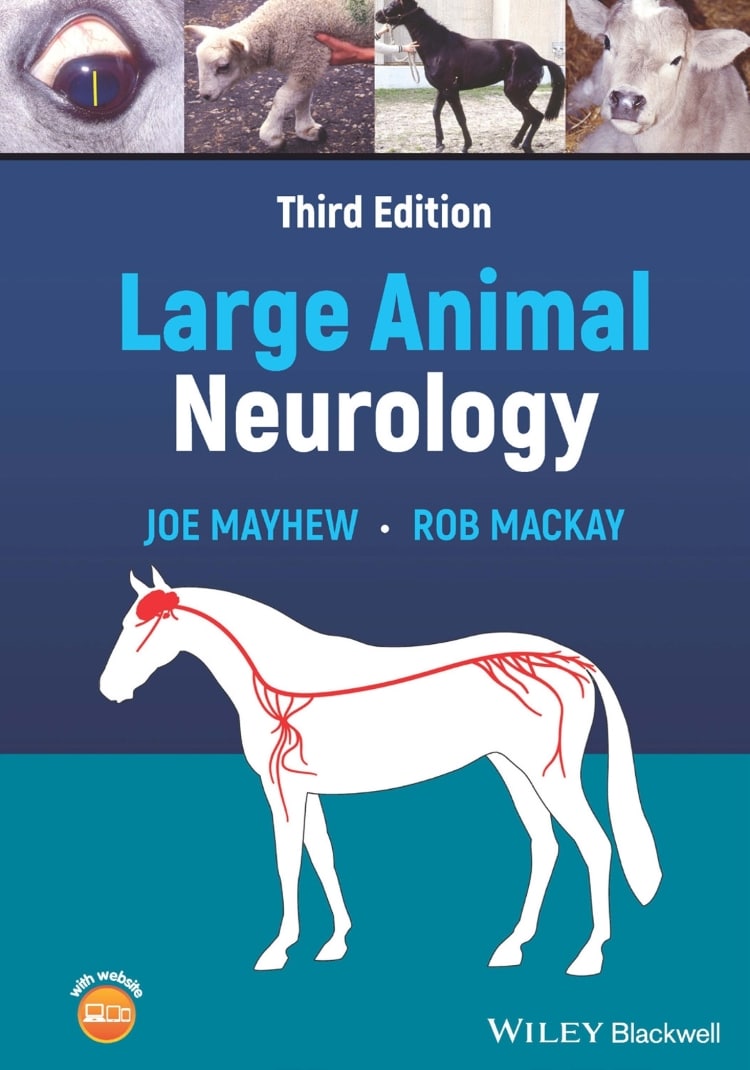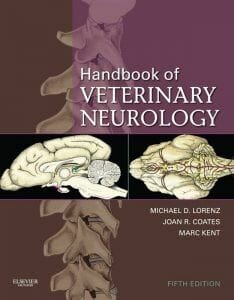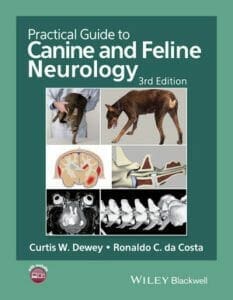Table of Contents:
PART I Evaluation of Large Animal Neurologic Patients
1 Practical neuroanatomy
2 Neurologic evaluation
3 Ancillary diagnostic aids
4 Pathologic responses of the nervous system
PART II Clinical Problems in Large Animal Neurology
5 Disorders of behavior
6 Seizures and epilepsy
7 Sleep and acute collapse disorders
8 Coma and other altered states of consciousness
9 Blindness
10 Miosis, mydriasis, anisocoria, and Horner syndrome
11 Strabismus
12 Dropped mandible and masticatory muscle atrophy
13 Decreased and increased facial sensation
14 Facial paralysis and facial spasm
15 Pharyngeal dysphagia
16 Dilated esophagus
17 Laryngeal paresis and paralysis: roaring
18 Tongue paralysis
19 Head tilt, circling, nystagmus, and other signs of vestibular dysfunction
20 Deafness
21 Disorders of posture and movement
22 Incoordination of the head, neck, trunk and limbs: cerebellar diseases
23 Tetraparesis, paraparesis, and ataxia of the limbs: spinal cord diseases
24 Diffuse weakness
25 Paresis and paralysis of one limb: monoparesis
26 Bilateral brachial paresis to paralysis
27 Urinary bladder distention, dilated rectum and anus, and atonic tail: cauda equina syndrome
28 Pruritus, self-mutilation, headshaking, complex regional pain syndrome, and miscellaneous distressing disorders
29 Autonomic nervous system dysfunction
30 Vertebral and paravertebral problems: stiff neck and sore back
PART III Mechanisms and Specific Diseases
31 Congenital, familial, and genetic disorders
32 Infectious, inflammatory, and immune diseases
33 Physical, chemical, and thermal causes
34 Toxic diseases
35 Nutritional diseases
36 Metabolic diseases
37 Neoplasms and other tumors
38 Multifactorial and idiopathic disorders
Index 588

















![Ettinger’s Textbook of Veterinary Internal Medicine 9th Edition Ettinger’s Textbook of Veterinary Internal Medicine 9th Edition [True PDF+Videos]](https://www.vet-ebooks.com/wp-content/uploads/2024/10/ettingers-textbook-of-veterinary-internal-medicine-9th-edition-100x70.jpg)






